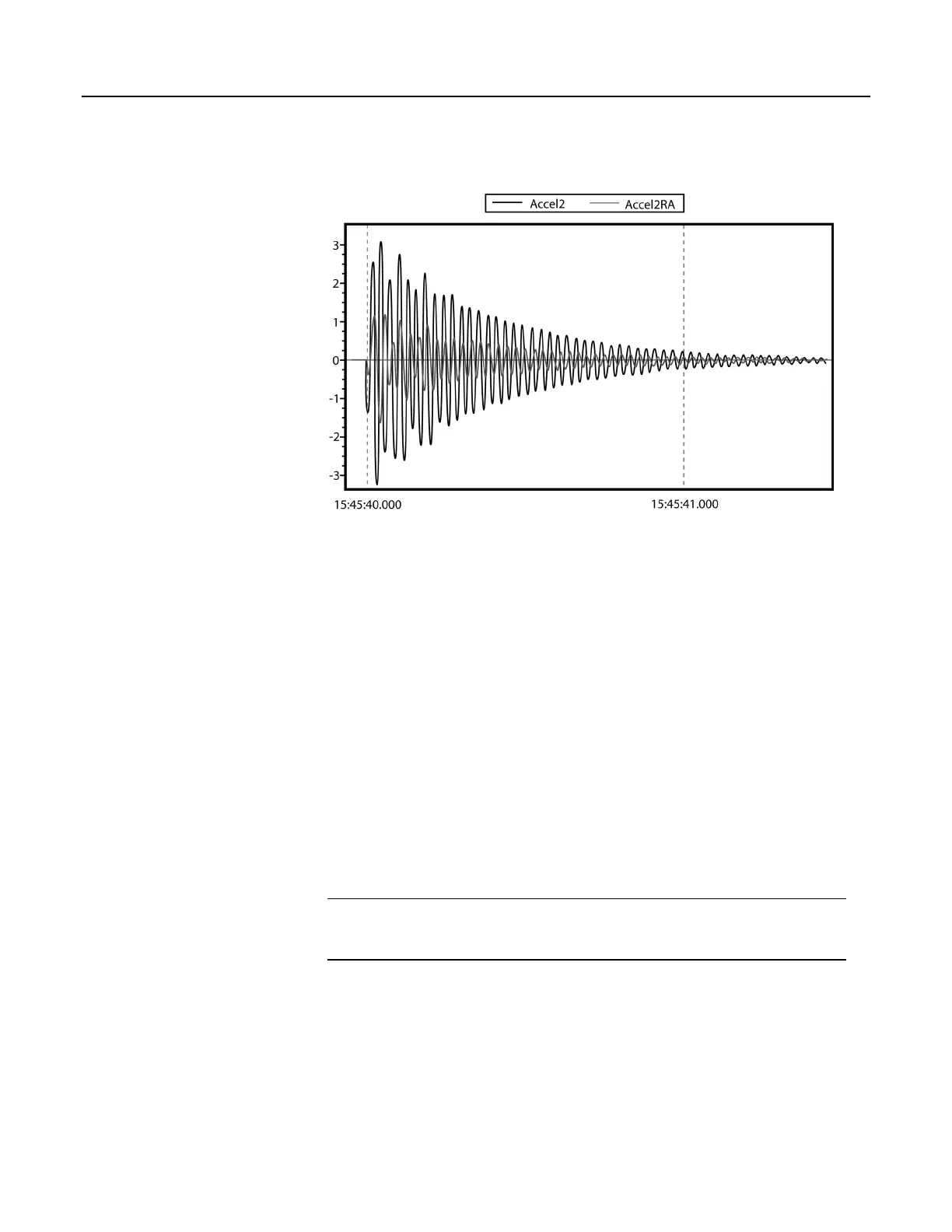Figure 53. Running-Average Signal Attenuation
7.9.7 Data Output: Triggers and Omitting Samples
TrigVar is the third parameter in the DataTable() instruction. It controls whether
or not a data record is written to final memory. TrigVar control is subject to other
conditional instructions such as the DataInterval() and DataEvent() instructions.
DisableVar is the last parameter in most output processing instructions, such as
Average(), Maximum(), Minimum(), etc. It controls whether or not a particular
measurement or value is included in the affected output-processing function.
For individual measurements to affect summary data, output processing
instructions such as Average() must be executed whenever the data table is called
from the program — normally once each scan. For example, for an average to be
calculated for the hour, each measurement must be added to a total over the hour.
This accumulation of data is not affected by TrigVar. TrigVar controls only the
moment when the final calculation is performed and the processed data (the
average) are written to the data table. For this summary moment to occur,
TrigVar and all other conditions (such as DataInterval() and DataEvent()) must
be true. Expressed another way, when TrigVar is false, output processing
instructions (for example, Average()) perform intermediate processing but not the
final process, and a new record will not be created.
Note In many applications, output records are solely interval based and TrigVar
is always set to TRUE (-1). In such applications, DataInterval() is the sole
specifier of the output trigger condition.
Figure Data from TrigVar Program (p. 196) shows data produced by CRBasic
example Using TrigVar to Trigger Data Storage
(p. 196), which uses TrigVar rather
than DataInterval() to trigger data storage.
195

